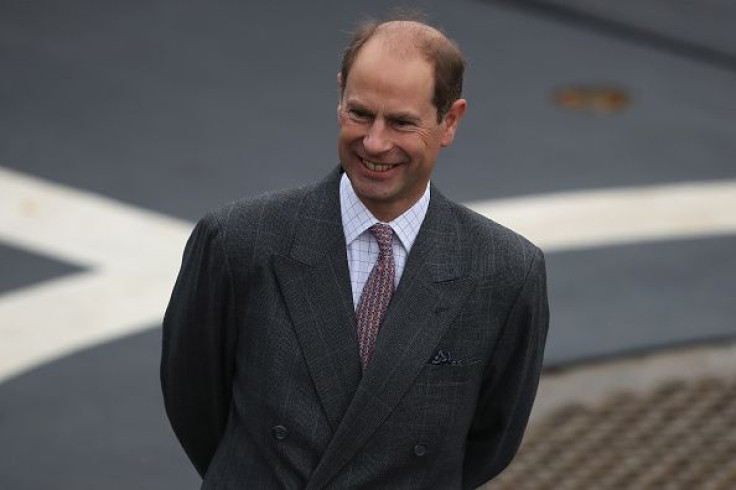Why Prince Edward Is Not Called Duke Like Prince Charles, Prince Andrew

Prince Edward is not referred to as duke like his older brothers, Prince Charles and Prince Andrew, and there’s a reason why this is the case.
According to royal title rules, the decision on what to call the members of the royal family entirely depends on Queen Elizabeth II.
Under the Nov. 20, 1917 letters patent, King George V restricted the title of Prince or Princess, as well as of Royal Highness to children of a sovereign, the children of a sovereign’s son, and the eldest living son of the eldest son of a Prince of Wales.
But in 2012, the Queen decided to alter the rule to extend the title of Royal Highness to include all children of the eldest son of a Prince of Wales. But due to King George V’s initial rule, all sons of the Queen inherited the titled of the prince, and their children were automatically referred to as prince or princess.
Even though the Queen wanted to give Prince Edward a dukedom, he reportedly refused this title and opted to be known as the Earl of Wessex after he tied the knot with Sophie Helen Rhys-Jones. Prince Edward’s wife is more popularly known as Sophie, Countess of Wessex.
The couple’s children did not also inherit the title of prince and princess.
Meanwhile, Royal Central said that Prince Edward may have made a great decision when he opted not to be called duke. This is because the title of Earl of Wessex paved the way for him to be given a much more important role in the royal family years from now.
Prince Edward may eventually be known as the Duke of Edinburgh, and he will be appointed as the person who will continue all of his father’s works. Prince Philip retired in 2017, and Prince Edward has not yet been named as his official replacement, but this ceremony will make take place soon.
© Copyright IBTimes 2024. All rights reserved.











